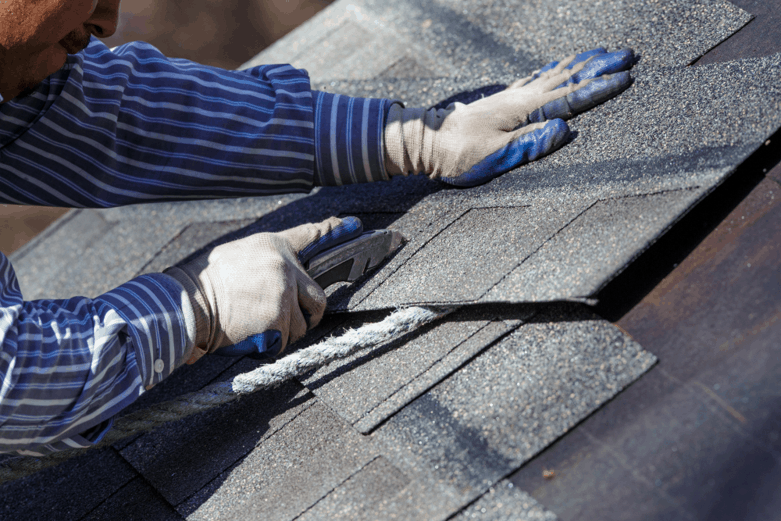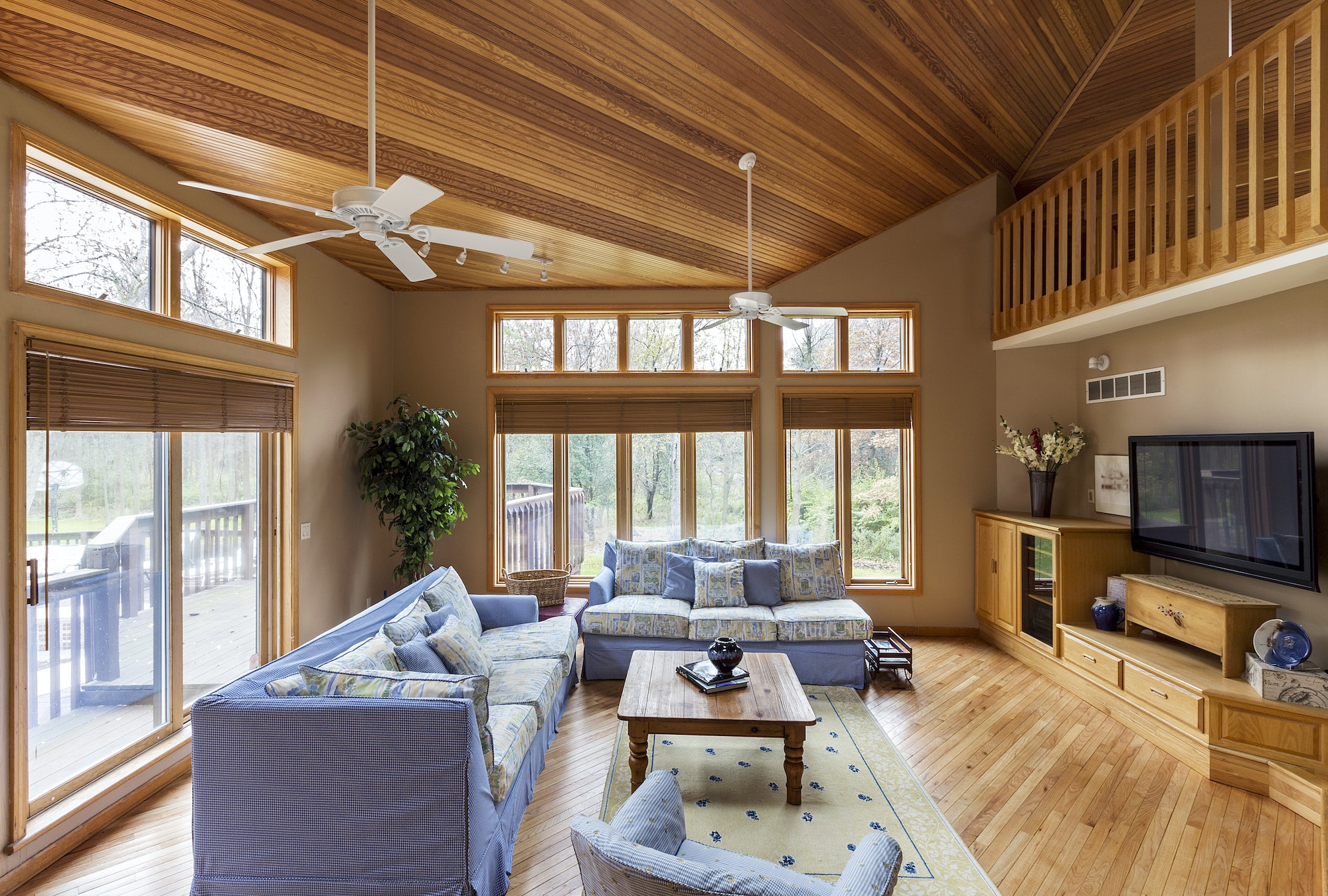According to the National Association of Home Builders, the average roof lasts 30 years. However, your roof can last much longer or much shorter than this depending on the materials used, how well you maintain it, and how well it was constructed.
Because there are so many factors that play into the longevity of a roof, it can often be difficult to tell when it’s time to replace your roof.
If you’re unsure about when to replace your roof, you’ve come to the right place.
Do I need a new roof? If you’ve asked yourself this question then read on to learn the answer.
Perform an Interior Roof Check
How long does a roof last? Now you know the answer it’s time to start performing some checks.
While you may think the exterior of your roof is the place to start, the interior can actually tell a lot about the condition of your roof.
So, grab a flashlight, head to your attic, and look for these four signs:
Daylight Through the Roof Beams
Before you turn your flashlight on, check if there are any streams of light poking through holes or cracks on your roof. If you spotlight coming through your roof, this also means that water and other elements can enter through your roof and destroy your home.
Therefore, your roof needs to either be repaired or replaced.
Dark Stains and Streaks
If you see dark streaks or stains on the underside of your roof, then this likely means that your roof is leaking and moisture is damaging your roof as well as your home’s interior.
Sagging Areas
Sagging areas on the inside of your roof indicate the presence of water. Just as water causes cardboard to sag, so too can it cause a roof to sag.
If you find spots that feel wet or soft or bend easily with the poke of a broom, then you have moisture damage and you likely need to replace your roof.
Water Damage and leaks
The final thing to look out for on the interior of your roof is water damage and leaks. If you spot any signs of water damage, you should contact a professional roof inspector immediately.
Check the Exterior of Your Roof
After you’ve scoped out the interior of your roof, it’s time to take a look at the exterior.
While interior checks help you identify damage that has already occurred, exterior checks can help you identify minor issues before they turn into major problems. Therefore, checking the exterior can help save you money.
Here’s what to look out for in terms of exterior damage:
Dark Stains and Streaks
Just as dark stains and streaks can signal water damage on the interior of your roof, so too can it signal water damage on the exterior of your roof.
If you find the damage early enough, you hopefully won’t have to deal with replacing any internal structures.
Rotting
If you have a wooden or asphalt roof, you’re going to want to keep your eyes peeled for rotting, as this is very common in these types of roofs.
Telltale signs of damage due to rot include:
- Rotting tiles
- Missing and broken tiles
- Moldy buildup on groups of tiles
Algae and Moss
While moss and algae buildup may seem like a big deal, it’s usually not a sign that you need to replace your roof. However, this can be a huge eyesore. Luckily, getting rid of it is a quick fix.
All you need to do is grab your garden hose and spray the mossy area forcefully. This should take care of most of it. If you have any persistent spots, then you can wash it away with a weak solution of hydrogen peroxide and water.
If this problem persists, then it may be time to replace your roof.
Curling Shingles
Shingles curl in two ways. They can cup, which means their edges turn upward, or, they can claw, which means the middle comes up while the edges stay flat.
This is a sign of weathering and could also indicate that there’s a leak somewhere. When your shingles start curling, it typically means you have one to five years left on your roof.
Missing Shingles
While replacing a shingle here and there is typically no problem, you need to keep in mind that it can sometimes be tough to match the color of the old one.
So, if you’re needing to replace shingles on a consistent basis, you’re eventually going to end up with an eyesore of a roof. If you want your roof to look nice, replacing it is usually the best solution.
Cracked Shingles
Wind damage typically causes cracked shingles. If the cracking is isolated to one area, you can just repair that section.
However, if the cracking is all over the place, this is a sign you may need a new roof.
Granules in the Gutter
You’ll want to keep your eyes peeled for shingle granules in the gutter. If you find pieces washed down the gutter, this usually means that your roof has been exposed to water damage and is decaying.
Damaged Roof Valley
Another important area to check on the exterior of your roof is the roof valley. The roof valley is the point where two edges of the roof meet. Snow and rain flow towards these areas before entering the gutter, so this area is very susceptible to damage.
If it is damaged, you could be susceptible to leaks, so replacing your roof is the best solution.
Do I Need a New Roof?
It’s a question many homeowners ask themselves. Do I need a new roof? Now that you’ve read this article, you should be able to answer that question.
If you find that the answer is yes, then it’s time to hire a professional roofing company. If you liked this post, be sure to check back in with our blog for more home improvement tips and tricks.
Discover more from Futurist Architecture
Subscribe to get the latest posts sent to your email.



